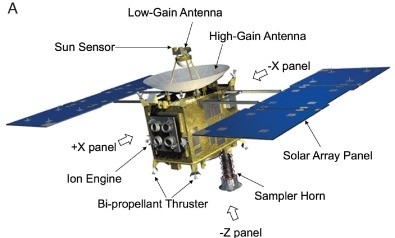A star tracker is a high-precision instrument used to determine a spacecraft’s attitude. For small satellites, star trackers are critical for attitude control. Given the stringent size, weight, and power (SWaP) constraints of small satellites, star trackers must deliver high performance within a compact design.

Environmental Factors
Temperature Range: Ensure the star tracker operates within the expected temperature range.
Radiation Protection: Verify radiation tolerance matches the target orbit.
Light Interference
Sunlight, thruster plumes, or other light sources may disrupt star identification algorithms. Appropriate baffles can effectively reduce interference.
Be mindful of reflections from spacecraft surfaces or exhaust plumes during thruster sequences.
Error Sources
Star trackers may be affected by spatial frequency errors, temporal errors, and optical errors (e.g., spherical aberration or chromatic aberration).
Maintenance Needs
Star trackers typically require minimal maintenance but may need periodic calibration or star catalog updates to maintain accuracy.
Ensure the star catalog filters out unreliable stars (e.g., those with high magnitude variability).
System Compatibility
Ensure compatibility with the satellite’s attitude control system and other subsystems.
Verify power supply compatibility (e.g., ST400’s 3.6V–34.0V range) and power consumption.
Additional Considerations
Star trackers may be used for space debris detection or satellite identification, requiring algorithms to distinguish stars from other light sources.
For complex missions, multiple star trackers may need to be networked to cover different fields of view.
Send us a message,we will answer your email shortly!